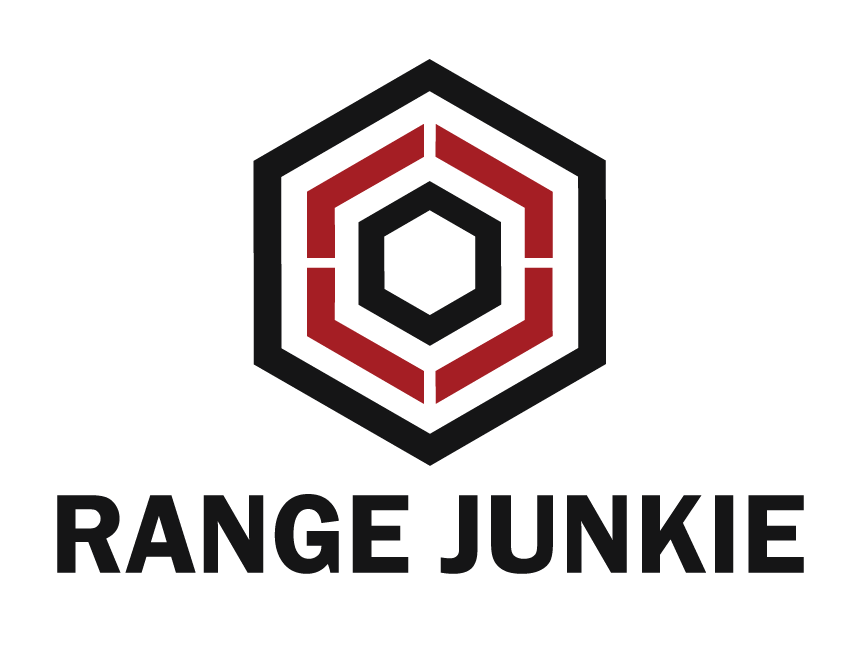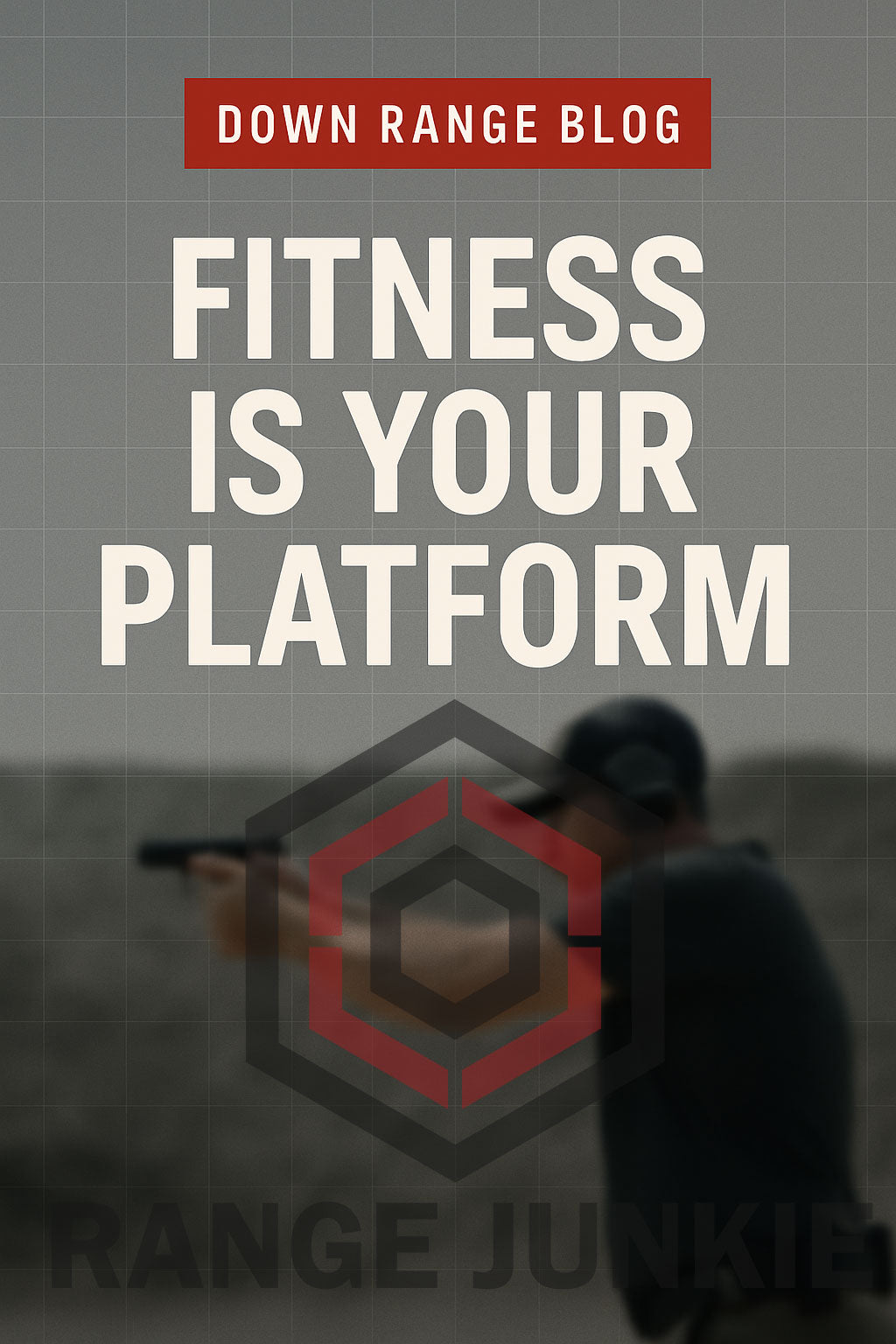When people think about shooting sports—whether it’s IPSC, IDPA, or any other practical discipline—the first things that come to mind are firearms, gear, and technical skill. What often gets overlooked is the role of physical fitness. But make no mistake: competitive shooting is a sport like any other, and maintaining your body is just as critical as maintaining your firearm.
The Wear and Tear of Recoil
Every shot sends recoil energy directly through your grip, forearms, and into your elbows. Over time, that repetitive strain adds up. One of the most common injuries among pistol shooters is “shooter’s elbow”—essentially the same as tennis elbow. Tendons around the joint become inflamed, painful, and in severe cases, torn.
Take it from me: I’ve been there. Over-gripping and not respecting the physical toll of recoil led to a torn elbow tendon. It’s a slow recovery, and one I wouldn’t wish on anyone. The lesson? Proper grip technique is critical, not just for performance but for injury prevention. Grip firmly and consistently, but don’t crush the gun.
For those already feeling strain, using a tennis elbow support band can help offload stress on the tendon while shooting. It won’t solve the problem by itself, but it can make a big difference during training and matches.
Alongside equipment support, shooters should consider strengthening the muscles that stabilize the forearm and elbow. Simple exercises such as wrist curls (both flexion and extension), reverse wrist curls, and forearm rotations with light dumbbells or resistance bands can build resilience. Grip trainers, rice bucket drills, and isometric holds also strengthen the small stabilizing muscles, reducing the load transferred directly to the tendons. The stronger the support system, the better your joints can handle recoil.
It’s Not Just About the Arms
Upper-body strain doesn’t stop at the elbows. Competitive shooters often battle tension and overuse in the neck, shoulders, and upper back, especially after long practice sessions or multi-day matches. Add in hours of gear carrying, resetting stages, and walking the range, and the strain compounds.
The solution? Keep your upper body mobile and balanced. Try these:
-
Neck rolls and chin tucks to loosen tension in the cervical spine.
-
Cat-cow stretches to open up the thoracic spine.
-
Band pull-aparts and face pulls to strengthen the rear delts and prevent hunching forward.
-
Doorway pec stretches to counteract tightness from long hours in a forward shooting stance.
-
Thoracic rotations and child’s pose with side reach to keep shoulders and lats flexible.
Building these into your daily routine pays off not only in less stiffness but in better posture and recoil control during long matches.
Movement, Agility, and Endurance
Practical shooting is called “practical” for a reason. Stages aren’t static; they often demand movement, explosive direction changes, kneeling, and even running across uneven terrain. That requires more than grip strength—it calls for speed, agility, balance, and cardiovascular endurance.
Training for these elements doesn’t have to be complicated. Here are some shooter-specific fitness tools:
-
Shuttle runs and cone drills to simulate explosive sprints and quick direction changes.
-
Burpees, mountain climbers, and jump squats to build burst endurance and agility.
-
Calisthenics like lunges, push-ups, and planks for strength and stability without needing a gym.
-
Agility ladder work for quicker footwork and stage transitions.
-
Trail or hill sprints to mimic the uneven footing you’ll face on outdoor stages.
-
Core finishers such as hanging leg raises or Russian twists to stabilize movement while shooting on the move.
These types of workouts don’t just improve fitness—they directly translate into faster, more controlled stage runs with less fatigue.
Shooting Is a Sport. Train Like an Athlete.
It’s time we stop thinking of shooting as something separate from other sports. If hockey players stretch before ice time, if golfers condition their core for swing mechanics, then shooters should train to protect their joints, build their endurance, and sharpen their movement.
Your gun is your tool, but your body is the platform. If the platform breaks down, performance collapses and injuries follow. Protect it. Train it. Maintain it.
Final Shot
Shooting is demanding—physically, mentally, and technically. But by treating it like the athletic pursuit it truly is, you give yourself the best chance to perform at your peak and avoid the injuries that sideline too many shooters. Take care of your elbows, stretch your back, build your endurance, and train with intention.
Because when you step up to the line, it’s not just about your gun—it’s about the strength, stability, and resilience of the shooter behind it.
What’s your fitness routine for shooting sports? Do you focus on strength, cardio, or mobility? Share your thoughts in the comments—we’d love to hear how you keep yourself match-ready.



Share:
The Mental Reset: Overcoming Match Day Mistakes